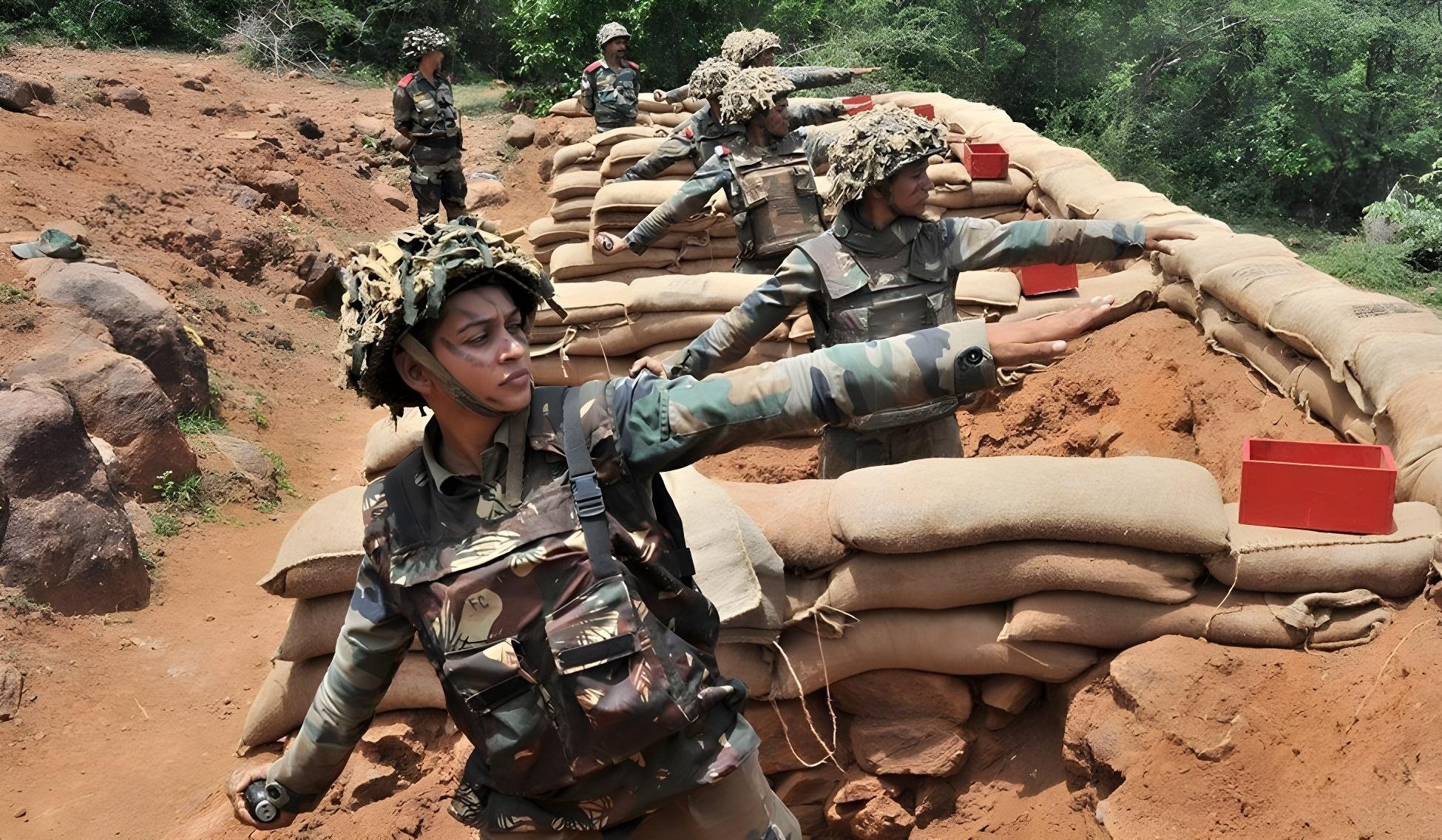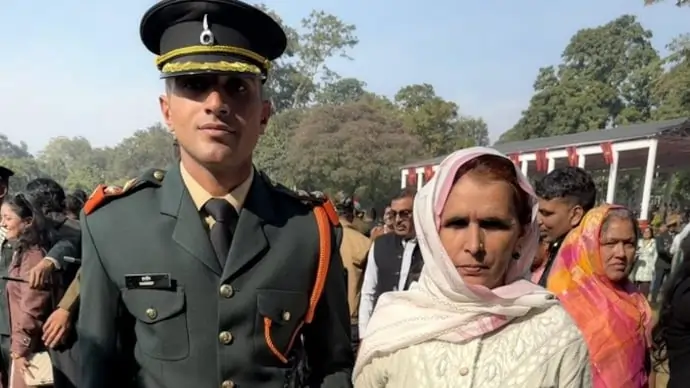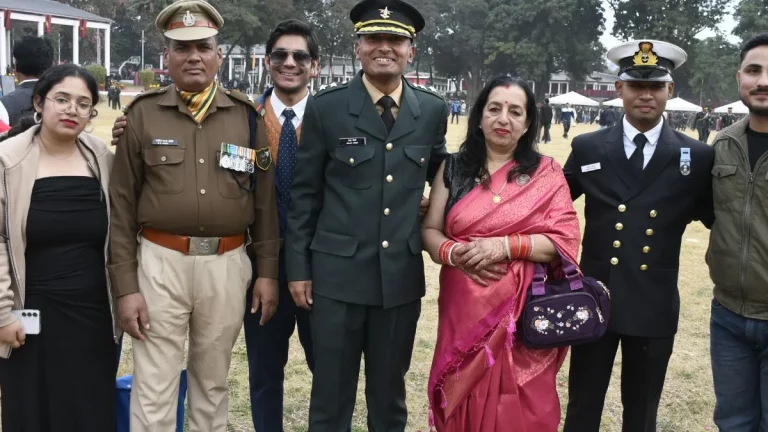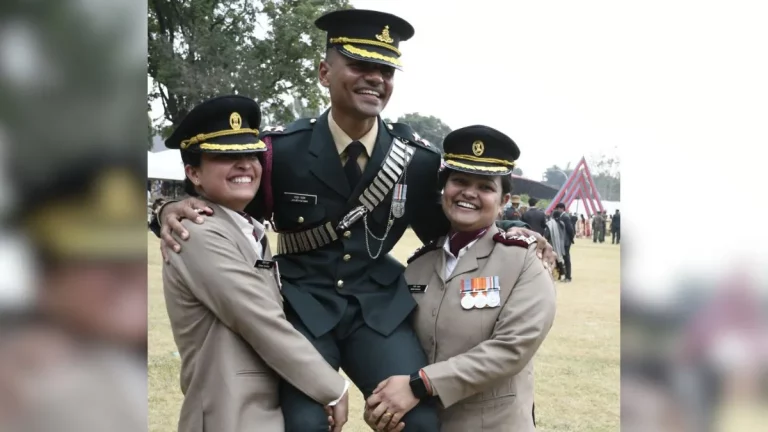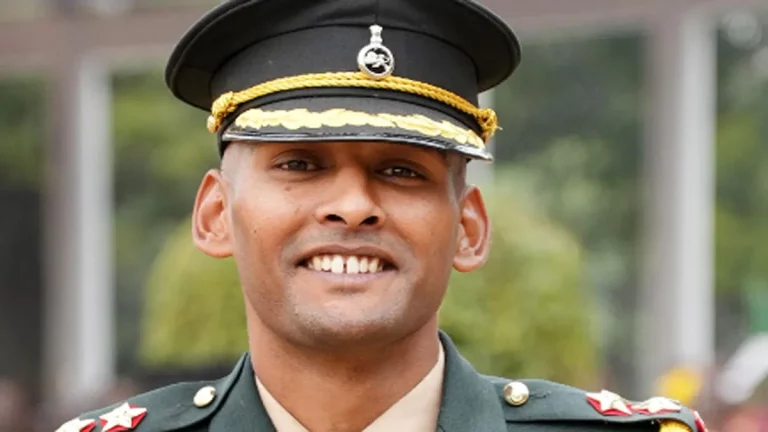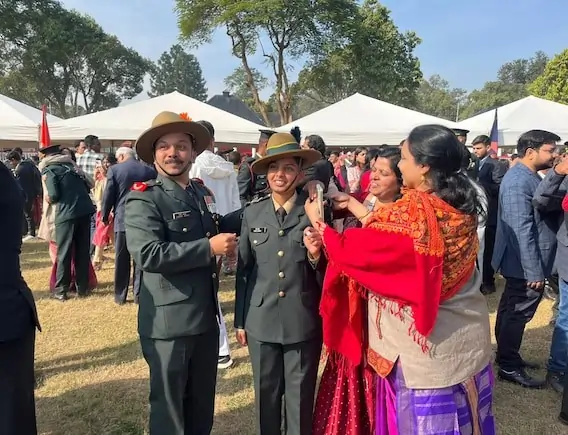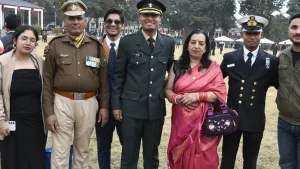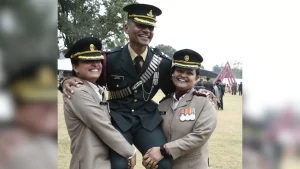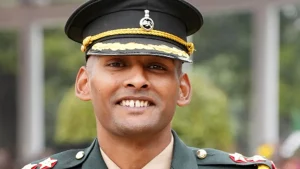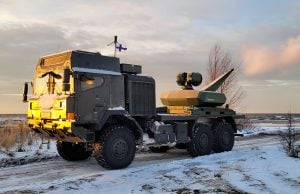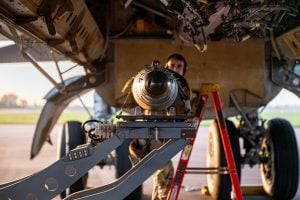The Indian Military Academy (IMA) stands as a prestigious institution, shaping the future of India’s armed forces. Here, aspiring officers undergo rigorous training, honing their skills to serve the nation. However, the path to becoming a military officer is fraught with challenges, and sometimes, tragedy strikes unexpectedly.
Must Read: The Story of an IMA Cadet Demoted to the Rank of a Sepoy
One such incident occurred in 2007, when a Gentlemen Cadet (GC) lost his life during a live grenade training exercise. This article narrates the events leading up to that fateful day, the challenges faced by cadets, and the broader implications of such incidents in military training.
The Indian Military Academy: An Overview
A Legacy of Excellence
Established in 1932, the IMA in Dehradun has been instrumental in training future leaders of the Indian Army. The academy is renowned for its rigorous curriculum, combining physical training, academic education, and leadership development. Cadets from diverse backgrounds converge here, united by a common goal: to serve their country.
Training Regimen
The training at IMA is both intensive and comprehensive. Cadets engage in various activities, including:
- Physical Training: To build stamina and strength, cadets undergo rigorous physical exercises, including running, obstacle courses, and combat drills.
- Academic Studies: Courses cover military tactics, strategy, history, and international relations, ensuring cadets are well-rounded leaders.
- Field Exercises: Practical training in real-world scenarios helps cadets apply theoretical knowledge in a controlled environment.
The Importance of Safety
With the nature of military training, safety protocols are paramount. The academy emphasizes discipline and adherence to safety measures, especially during live exercises involving weapons and explosives. Despite this, the inherent risks associated with such training cannot be entirely eliminated.
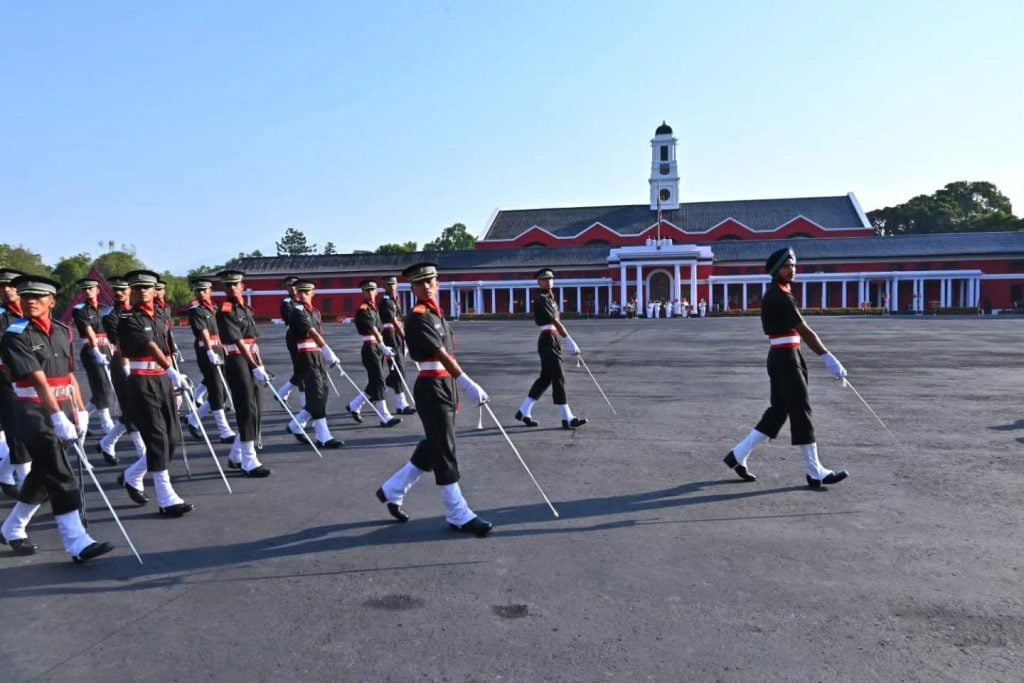
The Day of the Incident
A Routine Training Session
On March 9, 2007, the day began like any other at the IMA. Cadets participated in a training session focused on grenade handling, a critical skill for any soldier. The session included theoretical lessons followed by practical demonstrations at a designated firing range.
The Training Exercise
During the exercise, cadets were instructed on how to properly handle and lob grenades. Among them was 22-year-old Bir Kumar Tiwari, a dedicated cadet from Hazaribagh, Jharkhand. He had shown promise and was set to graduate in June of that year.
The Tragic Explosion
As Tiwari prepared to throw a live grenade, an unforeseen accident occurred. The grenade exploded before he could release it, resulting in catastrophic injuries. The blast not only claimed Tiwari’s life but also left a Non-Commissioned Officer (NCO) nearby seriously injured. The chaos that ensued highlighted the unpredictability of such exercises and the potential dangers associated with them.
The Aftermath of the Incident
Immediate Response
Following the explosion, Tiwari was rushed to the military hospital, where he succumbed to his injuries. The NCO, who was providing instruction during the training, was also hospitalized with severe wounds. This incident sent shockwaves through the academy and the broader military community.
Investigation and Inquiry
In the wake of the tragedy, the Indian Army initiated a court of inquiry to investigate the circumstances surrounding the explosion. Such inquiries are standard procedure following incidents that result in serious injury or loss of life. The goal is to determine the cause, assess adherence to safety protocols, and recommend measures to prevent future occurrences.
Reflection on Safety Measures
The incident raised important questions about safety measures during training exercises. While the IMA has stringent protocols, the nature of military training involves inherent risks. The need for continuous evaluation and improvement of safety practices became a focal point for military leadership.
The Broader Context of Military Training
The Challenges Faced by Cadets
Training at the IMA is not just physically demanding; it also tests cadets mentally and emotionally. The pressure to perform, coupled with the desire to prove oneself, can create a high-stress environment. Cadets must navigate these challenges while maintaining focus on their training objectives.
Psychological Resilience
Developing psychological resilience is crucial for cadets. The ability to cope with stress and adversity is essential not only during training but also in combat situations. The IMA incorporates mental conditioning exercises to help cadets build this resilience.
The Importance of Support Systems
Support systems play a vital role in a cadet’s journey. Mentorship from instructors, camaraderie among peers, and access to counseling services are essential for fostering a healthy training environment. The tragic loss of a fellow cadet underscores the need for robust support mechanisms.
Lessons Learned from Tragedy
Enhancing Training Protocols
The incident involving Tiwari serves as a poignant reminder of the need for constant vigilance in training protocols. Following the inquiry, the IMA implemented several changes to enhance safety measures during live exercises. These included:
- Increased Supervision: Ensuring that experienced instructors closely monitor all live training activities.
- Enhanced Safety Briefings: Providing comprehensive safety briefings before any live exercise, emphasizing the importance of adherence to protocols.
- Regular Equipment Checks: Conducting thorough inspections of all training equipment to ensure it meets safety standards.
Fostering a Culture of Safety
Creating a culture of safety within military training environments is paramount. This involves encouraging cadets to speak up about unsafe practices and fostering an environment where safety is prioritized above all else. The military leadership recognized that continuous training and education on safety protocols are essential.
The story of Bir Kumar Tiwari is a poignant reminder of the sacrifices made by those who aspire to serve in the armed forces. The challenges faced by cadets at the IMA are immense, and the path to becoming a military leader is fraught with risks. However, through rigorous training, support systems, and a commitment to safety, the academy continues to shape the future of India’s military leaders. As we honor Tiwari’s memory, we must also reflect on the lessons learned and strive to create a safer, more supportive environment for all cadets.
